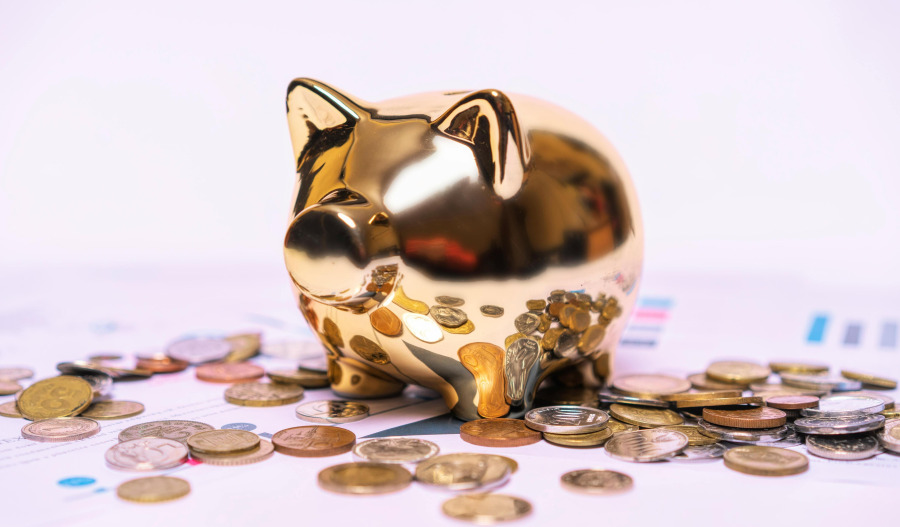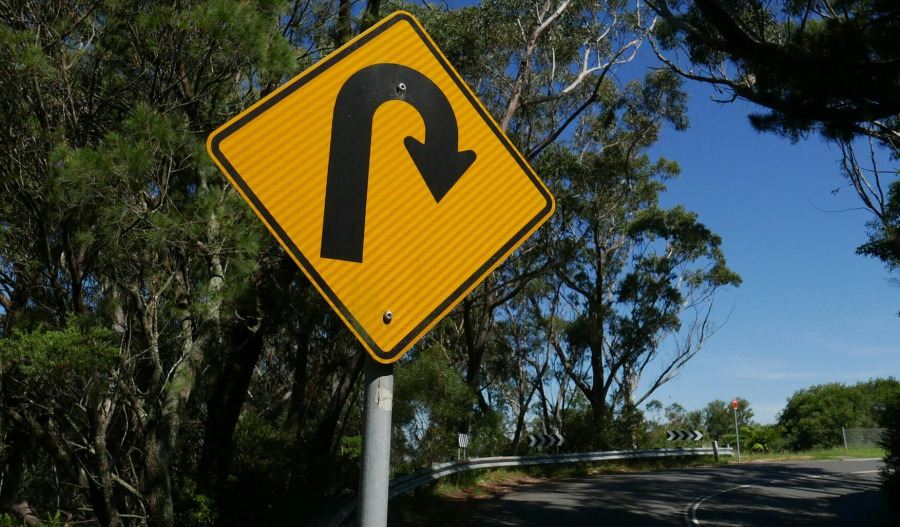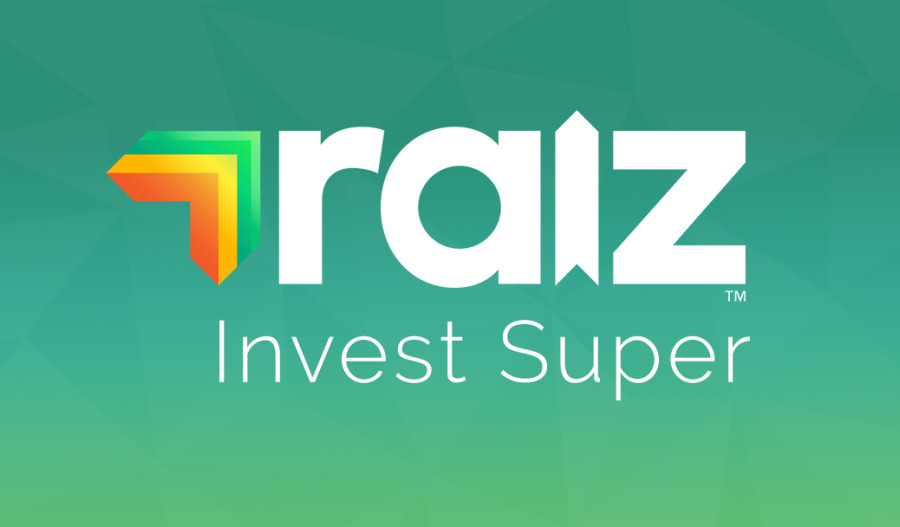Australian Retirement Trust (ART) sees artificial intelligence (AI) as an unknown factor that could propel Australia’s second-largest superannuation fund to double-digit returns for a fourth consecutive year.
Head of Investment Strategy Andrew Fisher said that although the fund was expecting returns of between 6% and 10% in the 2026 financial year (FY26), the probability of more was probably 30% to 40% as AI could drive “out-sized” returns.
“(It’s) not outside the realms of possibility. I wouldn’t say it's my base case, but I wouldn't be surprised either,” Fisher told Azzet in an interview.
ART, which manages $321 billion for 2.5 million members, announced double-digit returns for the third consecutive year in FY25, with its High Growth Option delivering 11.9%.
Impact of AI, rates
“One of the big kind of unknowns is AI and the impact of AI on productivity, and just how much of that is in prices, and how much of that is still to come,” Fisher said.
“If you're looking for an upside surprise that could continue to deliver outsized returns relative to our historical expectations, that’s one factor I’d point to."
Interest rates had also been higher in the last few of the prior 15 years, which supported higher nominal returns.
“So we look at them in real terms it's perhaps not as extreme in the last few years, still high but not crazy high, particularly in the context of coming out of a zero rate environment," he said.
“I think markets have been incredibly resilient in their capacity to sort of come out of that zero rate environment into a normalised environment without causing too much pain and disruption to markets and investments online.”
Market outlook
Fisher said ART’s return expectations had not changed for several years, although volatility had been more elevated.
“Markets have been a little bit overwhelmed with news flows for the past couple of years, but what hasn't necessarily surprised us either is the ability for markets to be pretty resilient through that … and there doesn't seem to be anything on the horizon that would shift that now,” he said.
“That doesn't mean it's (FY26) going to be a super compelling, exciting year, but the historical 8%, with a 6% to 10% range, expected return scenario doesn't seem unreasonable to us looking forward.”
He said the biggest risk that returns would be below 6-10% was a genuine market disruption like a global recession, but that was not a high probability.
Views on U.S.
ART used indices extensively to invest in the United States (US), where the so-called Magnificent Seven technology stocks had outperformed the other constituents of the S&P500 index, because it was a great way to avoid missing out on the “winners”.
He said although the tech giants looked expensive, they continued to surprise the market with earnings growth that supported their valuations, while the remaining 493 stocks in the index had not outperformed expectations and looked almost cheap.
“It's always really difficult and risky to bet against the US,” Fisher said.
“Despite everything that’s said or written about US exceptionalism, I think that in and of itself isn't the main story.
“For us the main story is what price you need to pay for those earnings and the multiples.
“When you add it all up, the multiples, and largely given by the seven largest stocks, are such that we find ourselves a little bit underweight (the benchmark).
“We're not really trying to pick stocks. It's really hard in the US because the whole winner-takes-all mentality makes the cost of being wrong really high.
“But by the same token in aggregate when you look at the market no matter how exceptional you think the US will be, it’s really hard to get comfortable that the price you are paying for earnings in the US is worth it.”
CBA expensive
Fisher said ART had a reasonably sizeable investment in Commonwealth Bank of Australia (ASX: CBA), Australia's largest company and considered by some to be the world's most expensive bank, because the fund tended towards index management.
“One of the challenges of anything like this is that it’s still an income-generating asset so even if you're wrong, you have to be wrong pretty quickly when you go underweight or short a stock that produces the sorts of earnings that CBA does,” he said.
“We're not taking on the market, but I think we would agree with most measures that it does look pretty expensive right now.”
Bonds attractive
Fisher said although ART was cautious about fixed income investments, it was maintaining an overweight position because bonds were attractive with steep yield curves that compensated for the fund’s ownership of inflation-sensitive assets.
“But we are also aware that the fiscal position is pretty, pretty challenging across most developed markets, and so those high debt loads across major developed markets would have us at least exercising some caution around fixed income markets,” he said.
“You've seen a fair bit of vulnerability in fixed income markets at various points over the last 12 months. It's an area to watch again (but) that's not something we're particularly concerned with.”



